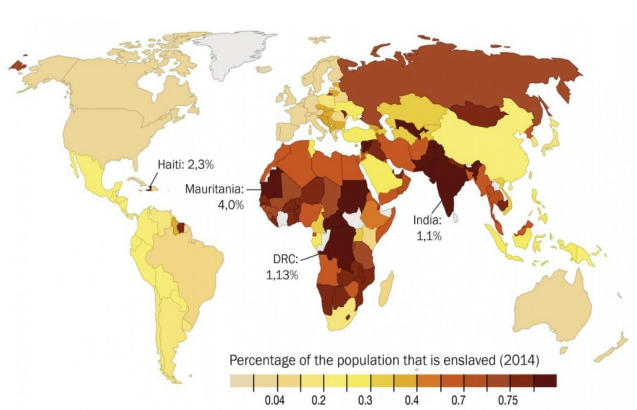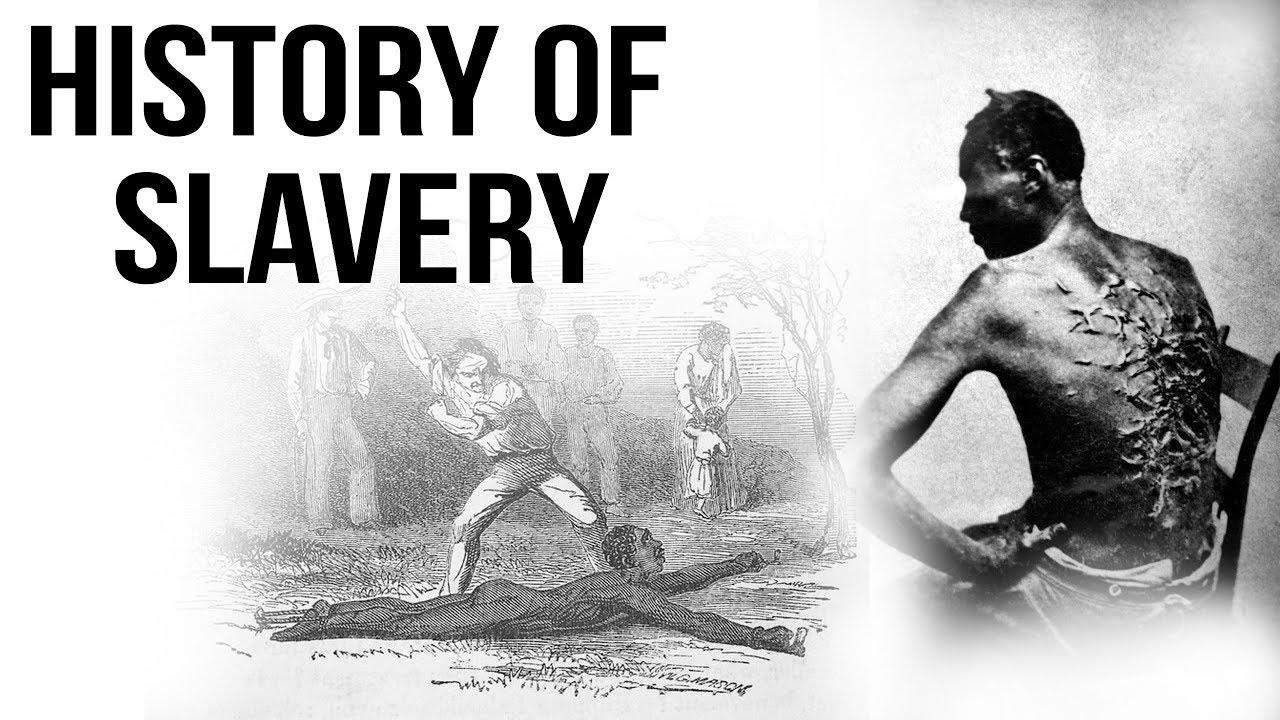Table of Contents
ORIGINS
- French historian Fernand Braudel noted that slavery was endemic in Africa and part of the structure of everyday life.
- During the 16th century, Europe began to outpace the Arab world in the export traffic, with its slave traffic from Africa to the Americas. The Dutch imported slaves from Asia into their colony in South Africa.
- African states played a role in the slave trade, and slavery was a common practice among Sub Saharan Africans before the involvement of the Arabs and Europeans.
- There were three types: those who were slaves through conquest, those who were slaves due to unpaid debts, or those whose parents gave them as slaves to tribal chiefs.
PORTUGUESE
- Slavery was a mainstay of the Brazilian colonial economy, especially in mining and sugarcane production.35.3% of all slaves involved in the Atlantic Slave trade went to Brazil. 4 million slaves were obtained by Brazil, 1.5 million more than any other country
- Starting around 1550, the Portuguese began to trade African slaves to work the sugar plantations.Slavery was practiced among all classes. Slaves were owned by upper and middle classes, by the poor, and even by other slaves.
EUROPE
- Slavery was commonly used in the parts of the Caribbean controlled by France and the British Empire. England had multiple sugar islands in the Caribbean, especially Jamaica, Barbados, Nevis, and Antigua, which provided a steady flow of sugar sales; slave labor produced the sugar.
- By the 1700s, there were more slaves in Barbados than all the colonies combined. It was important for the slaves to be in Barbados because sugar had become a necessity for most people and the demand for it was high. By 1778, the French were importing approximately 13,000 Africans for enslavement yearly to the French West Indies.
AMERICAN CIVIL WAR
- Despite the actions of abolitionists, free blacks were subject to racial segregation in the Northern states.Slavery was legal in most of Canada until 1833, but after that it offered a haven for hundreds of runaway slaves.
- The slave population in the United States stood at four million. Ninety-five percent of blacks lived in the South, comprising one third of the population there as opposed to 1% of the population of the North.
- The Whig Party split and collapsed on the slavery issue, to be replaced in the North by the new Republican Party, which was dedicated to stopping the expansion of slavery.
AMERICAN CIVIL WAR
- Numerous compromise proposals were put forward, but they all collapsed. In the election of 1860, the Republicans swept Abraham Lincoln into the Presidency and his party took control (with only 39.8% of the popular vote) and legislators into Congress.
- Confederate States of America was formed , based on the promise of maintaining slavery. War broke out in April 1861, as both sides sought wave after wave of enthusiasm among young men volunteering to form new regiments and new armies. In the North, the main goal was to preserve the union as an expression of American nationalism.
- The Emancipation Proclamation was an executive order issued by Lincoln on 1 January 1863. In a single stroke it changed the legal status, as recognized by the U.S. government, of 3 million slaves in designated areas of the Confederacy from “slave” to “free.
-
MIDDLE EAST
- In the ancient Near East and Asia Minor slavery was common practice.Two rough estimates by scholars of the number of slaves held over twelve centuries in Muslim lands are 11.5 million and 14 million.
- Under Sharia (Islamic law), children of slaves or prisoners of war could become slaves but only non-Muslims.
- Slavery was a legal and important part of the economy of the Ottoman Empire and Ottoman society .
- As late as 1908, female slaves were still sold in the Ottoman Empire. Sexual slavery was a central part of the Ottoman slave system throughout the history of the institution.
INDIA
- The Islamic invasions, starting in the 8th century, also resulted in hundreds of thousands of Indians being enslaved by the invading armies.
- Qutb-ud-din Aybak, a Turkic slave of Muhammad Ghori rose to power following his master’s death. For almost a century, his descendants ruled North-Central India in form of Slave Dynasty.
- The Delhi sultanate obtained thousands of slaves and eunuch servants from the villages of Eastern Bengal.
ABOLITION
- The Slavery Abolition Act, passed on 1 August 1833, outlawed slavery itself throughout the British Empire, with the exception of India. Full emancipation was granted ahead of schedule on 1 August 1838. Britain abolished slavery in both Hindu and Muslim India with the Indian Slavery Act, 1843.
- First, foreign slave trade was banned in 1850. Then, in 1871, the sons of the slaves were freed. In 1885, slaves aged over 60 years were freed. Brazil was the last nation in the Western Hemisphere to abolish slavery.
GLOBAL SLAVERY INDEX



























 WhatsApp
WhatsApp